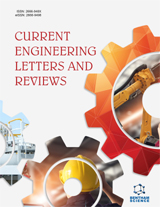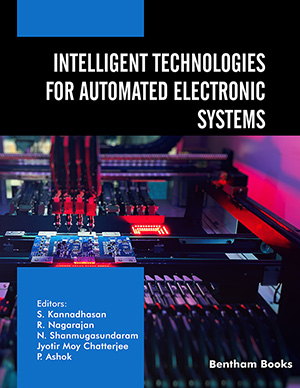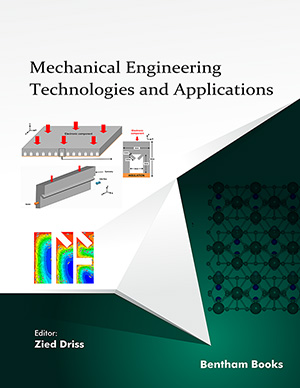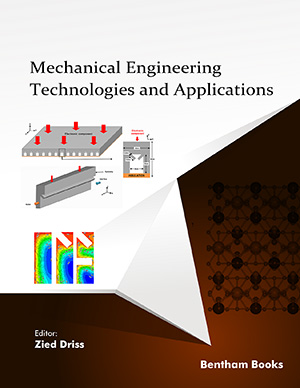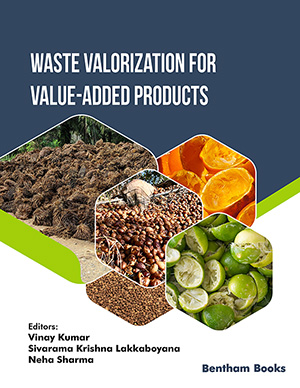Abstract
Background: Based on referring to the relevant patents, it was found that the traditional lyophilizer refrigeration system has the disadvantages of large volume and high power consumption. Meanwhile, considering the context of advocating low carbon emission and environmental protection, the use of energy-saving refrigeration technology and the use of non-fluorine and harmless refrigerants are the trends of future development.
Objective: In order to solve the traditional lyophilizer problems and enhance the lyophilizer reliability, the paper designs a Stirling-type lyophilizer with a working temperature of -70°C.
Methods: Stirling cooling has the advantages of ultra-low refrigeration temperature and high cooling speed. Based on the above advantages, combining the characteristics of the lyophilization box, a Stirling- type lyophilizer with a capacity of 0.120 m3 and a shelf area of 0.4 m2 is designed. The Stirlingtype lyophilizer refrigeration system structure is analyzed. The flat plate heat pipe to transfer the cold is used. The rigid polyurethane as the insulation material of the lyophilization box is studied. The heat leakage calculation method of the lyophilization box is given.
Results: Stirling cryocooler is selected based on the lyophilization box heat leakage. The experimental test of the Stirling cryocooler is conducted. The feasibility of the design is verified. The Stirling cryocooler, with a charging pressure of 2.9 MPa and an operating frequency of 68 Hz, could achieve -87.057°C within 24 min. The lowest refrigeration temperature could be maintained at - 100.286°C after 97 min. The cooling capacity obtained is 40.0 W at an input power of 99.2 W, and the COP is 0.403.
Conclusion: Stirling refrigeration technology is suitable for use in lyophilizer and Stirling refrigeration technology improves the robustness of the lyophilizer refrigeration system.
Keywords: Lyophilizer, heat load, cryogenic cryocooler, Stirling cycle, optimal design, heat transfer, mass transfer.
[http://dx.doi.org/10.1002/jps.21430] [PMID: 18506820]
[http://dx.doi.org/10.1016/j.cep.2008.05.004]
[http://dx.doi.org/10.1002/aic.690311003]
[http://dx.doi.org/10.1002/biot.202000572] [PMID: 33964860]
[http://dx.doi.org/10.1002/bit.260370210] [PMID: 18597353]
[http://dx.doi.org/10.1016/j.ejpb.2018.05.005] [PMID: 29733948]
[http://dx.doi.org/10.1016/j.ejpb.2013.05.019] [PMID: 23751601]
[http://dx.doi.org/10.1021/cm503418h]
[http://dx.doi.org/10.1080/07373937.2021.1875230]
[http://dx.doi.org/10.1016/j.ijrefrig.2008.10.012]
[http://dx.doi.org/10.1016/j.ejpb.2019.06.027] [PMID: 31252071]
[http://dx.doi.org/10.3390/su132112063]
[http://dx.doi.org/10.1016/j.enconman.2016.09.063]
[http://dx.doi.org/10.1016/j.energy.2015.09.005]
[http://dx.doi.org/10.1016/j.apenergy.2016.08.130]
[http://dx.doi.org/10.1016/j.applthermaleng.2020.115607]
[http://dx.doi.org/10.1007/s10973-019-08400-8]
[http://dx.doi.org/10.1016/j.apenergy.2016.11.022]
[http://dx.doi.org/10.1016/j.cryogenics.2020.103101]
[http://dx.doi.org/10.1016/j.applthermaleng.2021.117757]
[http://dx.doi.org/10.1080/07373930801929003]
[http://dx.doi.org/10.1016/S1359-4311(03)00202-3]
[http://dx.doi.org/10.1016/j.rser.2005.06.008]
[http://dx.doi.org/10.1016/j.jpowsour.2021.229821]
[http://dx.doi.org/10.1016/j.rser.2014.07.045]
[http://dx.doi.org/10.1038/s41467-019-09707-8] [PMID: 30992438]
[http://dx.doi.org/10.1016/j.scs.2021.103055]
[http://dx.doi.org/10.1016/j.scib.2017.10.002] [PMID: 36659374]
[http://dx.doi.org/10.1016/j.enconman.2023.117253]
[http://dx.doi.org/10.1016/j.applthermaleng.2021.117199]
[http://dx.doi.org/10.1016/j.apenergy.2008.09.005]
[http://dx.doi.org/10.1016/j.rser.2011.06.016]
[http://dx.doi.org/10.1016/j.csite.2021.101202]
[http://dx.doi.org/10.1016/j.rser.2015.12.313]
[http://dx.doi.org/10.1016/j.ijrefrig.2018.08.010]
[http://dx.doi.org/10.1016/j.pecs.2003.09.002]
[http://dx.doi.org/10.1016/j.apenergy.2018.09.067]
[http://dx.doi.org/10.1038/nclimate3096]
[http://dx.doi.org/10.1016/j.apenergy.2019.113852]
[http://dx.doi.org/10.1016/j.est.2022.105958]
[http://dx.doi.org/10.1016/j.accre.2023.01.003]
[http://dx.doi.org/10.1016/j.jclepro.2022.134916]
[http://dx.doi.org/10.1016/j.jclepro.2021.128010]
[http://dx.doi.org/10.1016/j.rser.2016.11.207]
[http://dx.doi.org/10.1016/j.ijrefrig.2022.06.003]
[http://dx.doi.org/10.1016/j.applthermaleng.2020.116104]
[http://dx.doi.org/10.1146/annurev-environ-012220-034103]
[http://dx.doi.org/10.1016/j.tsep.2023.101996]
[http://dx.doi.org/10.1016/j.applthermaleng.2013.12.014]
[http://dx.doi.org/10.1016/j.ijrefrig.2018.05.024]
[http://dx.doi.org/10.1016/j.ijrefrig.2020.06.007]
[http://dx.doi.org/10.1016/j.jfoodeng.2007.04.020]
[http://dx.doi.org/10.1016/j.enconman.2018.06.042]
[http://dx.doi.org/10.1016/j.applthermaleng.2020.116278]
[http://dx.doi.org/10.1016/j.applthermaleng.2008.06.027]
[http://dx.doi.org/10.1016/j.conbuildmat.2018.09.166]
[http://dx.doi.org/10.1016/j.icheatmasstransfer.2011.02.007]
[http://dx.doi.org/10.1016/j.applthermaleng.2015.05.052]
[http://dx.doi.org/10.1016/j.ijrefrig.2019.11.007]
[http://dx.doi.org/10.1016/j.rser.2021.110975]
[http://dx.doi.org/10.1016/j.apenergy.2011.08.043]
[http://dx.doi.org/10.1016/j.enconman.2016.02.007]
[http://dx.doi.org/10.1016/j.ijrefrig.2017.05.006]
[http://dx.doi.org/10.1016/j.applthermaleng.2019.114504]







